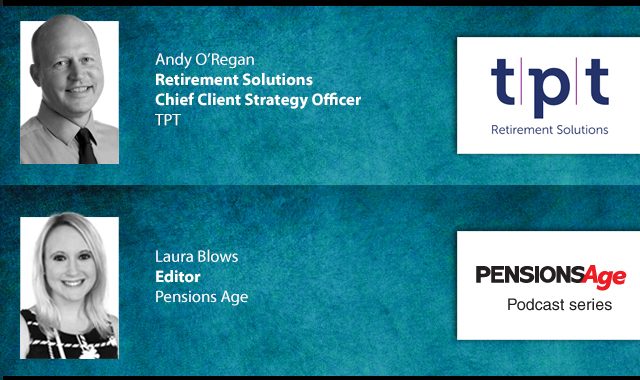Roughly 1.75 million low earners in net pay pension schemes are missing out on up to £111m of pensions tax relief, research from Now Pensions has found.
The number of people is almost half a million more than previously expected, following an increase in the personal allowance from £11,850 to £12,500 in April 2019, increasing the amount of tax relief workers missing out on from £34.91 to £63.64 a year.
The issue affects workers who earn more than the auto-enrolment threshold of £10,000 a year, but who are under the income tax threshold of £12,500 a year.
According to the provider, three quarters of the workers are women in low-paid or part-time roles.
Now Pensions director, Adrian Boulding, said: “When giving evidence to the Work and Pensions Committee, John Glen MP claimed that it was not cost-effective, for the Treasury to address this anomaly. But the reality is that the Treasury are saving themselves £111m every year by leaving this unresolved.
“All savers should receive tax relief regardless of the type of scheme they are in and without urgent action there’s a real danger that confidence in pension saving, and auto enrolment, will be seriously undermined.”
In April, the government has reiterated its position on the net pay anomaly, after it said that it is “not cost effective” to reform pensions tax relief which could see workers miss out on up to £111m a year.
Responding to questions from the Treasury Committee last Friday, 26 April, Chancellor Philip Hammond said that he is “not sighted to small detail”, but that it would be a “challenge” to intervene in a cost-effective manner where it cannot be done automatically.
Now Pensions has committed to topping up the tax relief shortfall for those affected and has launched a government petition to “end this discrepancy”.
Trade Union Congress deputy general secretary, Paul Nowak, said: “It’s not right that many low-paid workers – mostly women – are missing out on this pensions tax relief.
“The government needs to stop turning a blind eye and ensure all low earners get the same benefit – regardless of what type of scheme their employer chooses.”
Under a net pay scheme, pension contributions are deducted from pay before tax has been taken off, while relief at source schemes take contributions after tax has been deducted.
HMRC will then send tax relief back to the scheme at a basic rate of 20 per cent.
Most occupational pension schemes operate on a net pay basis, while contract-based schemes tend to use work on relief at source.
Latest News
-
'Improve or consolidate' if you can't protect savers from climate risk, TPR warns small schemes
-
Trustees facing various challenges despite DB funding improvements
-
TPR warns 'still a lot to do' on pensions dashboards preparations
-
Nikhil Rathi reappointed as FCA chief executive for second term
-
Employers urged to raise awareness of net-pay top-up payments
-
News in brief - 11 April 2025
Being retirement ready
Gavin Lewis, Head of UK and Ireland Institutional at BlackRock, talks to Francesca Fabrizi about the BlackRock 2024 UK Read on Retirement report, 'Ready or not. How are we feeling about retirement?’
Time for CDI
Laura Blows speaks to AXA Investment Managers (AXA IM) senior portfolio manager for fixed income, Rob Price, about cashflow-driven investing (CDI) in Pensions Age’s latest video interview
The role of CDC

In the latest Pensions Age podcast, Laura Blows speaks to TPT Retirement Solutions Chief Client Strategy Officer, Andy O’Regan, about the role of collective DC (CDC) within the UK pensions space
Keeping on track

In the latest Pensions Age podcast, Sophie Smith talks to Pensions Dashboards Programme (PDP) principal, Chris Curry, about the latest pensions dashboards developments, and the work still needed to stay on track
© 2019 Perspective Publishing Privacy & Cookies















Recent Stories